
On the cutting edge of technology and societal impact
More funding for IE&IS thanks to specialized team
Over the past few years, the Department of Industrial Engineering and Innovation Sciences (IE&IS) has done very well in securing research funds. In their calls, the major funding bodies pay structural attention to the societal impact of new technology – something they know all about at IE&IS. This makes the department a sought-after partner in applications, but that’s not the only ‘secret’ behind the upward trend, say Frits Feenstra and Seda Göksu of the Project Development Office.
It’s a list that’s respectable and probably also conducive to productivity: the staff of the Project Development Office (PDO) at Industrial Engineering and Innovation Sciences (IE&IS) have noted down all 24 granted research projects over 2022 on a large whiteboard in their Atlas workspace. These include the NWO-sponsored projects into better care for people with dementia and Dinalog Zero Operator Logistics, as well as the Horizon Europe-backed projects COOPERATE and Fluently, about which you can read more in the boxes underneath this article.
The amounts secured by the researchers at IE&IS may not blow staff at other departments away at first sight, but not everything is as it seems, says PDO team leader Frits Feenstra. Instead of in a lab filled with expensive equipment, research at IE&IS is done at a desk, on a laptop. “The budgets don’t include hardware and are purely meant to cover the appointment of researchers.”
Success rate
PDO supports researchers in their funding applications. It has been active at IE&IS since 2017 and comprises five employees. “Ever since we started up, we’ve seen a significant increase in both the application success rate and the number of grants awarded,” indicate Feenstra and his colleague Seda Göksu.
“The founding of PDO has resulted in an increase in the acquired funding of 25 to 30 percent. The growth in EU funding stands out, with European projects now comprising 25 to 30 percent of the IE&IS research project portfolio,” Feenstra adds.
So not only has there been a rise in the number of applications submitted, they are also granted more often than before, Feenstra says. “For NWO projects the success rate went up from 7 to 12 percent and for Horizon Europe from 6 to 16 percent, according to my own conservative estimate.”
Societal impact
An important contributor to the success has been the emphasis major funding bodies NWO and the EU currently place on the societal impact of technology: all those innovations are great, but how do we get citizens onboard? What does this technology mean for people and society?
“This is why even the most high-tech of projects now require input from both social sciences and the humanities,” says Göksu. And that doesn’t just involve a little subsection either, Feenstra adds: “It may well account for one fifth of the entire project.”
Nationwide, there are many university departments specializing in social sciences and humanities, but the added value of IE&IS is its embedding in a university of technology. Göksu: “We’re right in the thick of things and up-to-date on all the latest technological developments.” This unique selling point makes IE&IS a popular collaboration partner in project applications.
Focus
But as indicated, increased attention for the societal effect of technological innovations isn’t the only explanation for the success of IE&IS. The way the PDO team works also contributes. They elaborated a strategy, with as its first step: focus.
“You can’t be the world champion of everything,” Feenstra drily observes. So it was important to pick themes and structurally invest in them. “And to not change your focus every year,” as partners want to be able to rely on you in the long term.
IE&IS themes its research around four areas: Sustainability & Circularity, Value of Data-Driven Intelligence, Supply Chain Management and Humans & Technology. Researchers collaborate within teams of the same name, which are interdisciplinary and may have members representing any of the seven departmental research groups.
Skill
Once the themes had been designated, strategic step two was to establish contacts with universities, institutes and businesses. “One half of the work is a good research idea, the other half is a good network,” Feenstra says.
Horizon Europe, for instance, only funds consortia of partners hailing from multiple European countries. “You want the initiators to think of you when they’re looking for partners.” The advantage of being ‘asked along for the ride’ in a project from another party is that you need to put less effort into the application but will still share in the funding. “And if on top of that you submit your own proposal focused on another part of the same call, with the initiator of the other application as one of your partners, together you double your chances of securing funding,” Feenstra explains.
Skilled lobbying sometimes even puts the department at the table in Brussels where the calls are being drafted. This is the ideal situation: “It allows you to co-decide on the text of the call.”
Building a good network takes a lot of time, says Feenstra, who has useful contacts dating back from his time at independent research organization TNO. Fortunately, all team members greatly enjoy networking and have complementary skills in this field, Göksu says: “We have people with a wide range of backgrounds, in social sciences, humanities or technology. At the same time, we are all curious about new technology, we all enjoy supporting researchers and, as already mentioned, we love networking.”
Networking, lobbying and operating strategically are skills, Feenstra says in closing. “Skills that you hone over time. This evolution gives us a lot of satisfaction and is reflected in our results.”
Investments in specialized support in large-scale research projects (and the prior applications) are also made TU/e-wide. For an example, read this background story on the TU/e website.
Pascale Le Blanc: “How many working months for the RoboGym?”
Professor Pascale Le Blanc is grateful to the PDO staff for pointing her in the direction of the consortium around Fluently, a smart interface unit being developed to streamline communication and collaboration between people and robots on the work floor. “They also gave us a lot of practical support during the application process and they continue to be available to answer any administrative questions we may have.”
In the future, risky and technically complex tasks in the manufacturing industry will increasingly often be done by robots. “Take dismantling battery packs as used in e-bikes or high-altitude maintenance to wind turbines,” says Pascale Le Blanc, full professor of Workplace Innovation and Sustainable Employability at IE&IS.
When Frits Feenstra was asked by Professor Anna Valente of the Scuola Universitaria Professionale Della Svizzera Italiana (SUPSI) in Switzerland if he knew of a party capable of carrying out the social scientific research involved in the Fluently project, he immediately thought of Le Blanc and her Human Performance Management Group.
Le Blanc and her direct colleagues Anna-Sophie Ulfert and Sonja Rispens were happy to join the consortium and plod through the intensive Horizon Europe application process, together with the other international partners and with support from the Project Development Office (PDO).
“Frits Feenstra and Seda Göksu of PDO were present at the many online meetings with all project partners, carried out complicated calculations for us – for example: how many working months will we need for our research? – and in so doing took a lot of ‘practical stuff’ off our hands.”
And with success: in total, the consortium secured more than 9 million euros’ worth of EU funding, about 500K of which went to TU/e. “With this money we appointed a PhD candidate, Raquel Salcedo Gil, and a postdoc, Merve Alabak.
Cool
So what does the Eindhoven contribution to the Fluently entail exactly? “We focus on the human side of the collaboration between people and robots. This interaction does not only demand specific skills from workers, but can also bring out questions and emotional responses, which may vary from ‘Can I keep up with this?’ and ‘Will I lose my job to this robot somewhere down the line?’ to ‘How cool to work with this new technology!’”
“In the context of the project, workers will be trained to collaborate smoothly with robots in what we call a RoboGym. We are developing the part of the training geared towards preventing possible stress that may occur as a result of this new way of working.”
As is customary in European projects, even now the research is fully underway Le Blanc regularly receives administrative questions. She’s very pleased that when it concerns a complex issue – “I sometimes find myself thinking: I couldn’t answer this question to save my life” – she can still go to DPO: “I can’t tell you how great that is.”
Marcel Bogers: “Gatekeepers as well as matchmakers”
How can Europe optimally encourage the free exchange of knowledge and innovation within its borders? In the COOPERATE research project, Professor Marcel Bogers joins colleagues and European partners in search of best practices for innovative ecosystems, such as Brainport. In 2022 his proposal secured 1.5 million euros’ worth of Horizon Europe funds, with just under 350,000 euros being earmarked for TU/e. “The Project Development Office takes care of the hassle and addresses any concerns, so you can focus on substance.”
“The outcomes of COOPERATE are not only scientifically interesting, but can also be useful to TU/e on a policy level. After all, we are an important pillar of Brainport, one of the most important knowledge areas in Europe,” Professor of Open & Collaborative Innovation Marcel Bogers says. He leads the research project together with his colleagues Arjan Markus, Rianne Valkenburg and Ntorina Antoni, who was recently appointed to the project as a postdoc.
The Horizon Europe call that Bogers responded to intended to elicit proposals for a pilot for an ERA hub, where ERA stands for European Research Area. “ERA represents the ambition to develop an integrated market for research and innovation within the EU. The hub would then be the virtual and/or physical platform stimulating collaboration and exchange between all of those innovative ecosystems.”
Hassle
Bogers appreciates that the Project Development Office (PDO) staff are aware of all current funding opportunities and make an effort to inform IE&IS researchers of calls that suit their profiles. “There are many different calls, each with their own duration and conditions, so it’s great that they’ve assumed this dual role of gatekeepers and matchmakers.”
Although he happened upon the ERA hub pilot call through other contacts, he still thinks PDO was very valuable during the entire application process. “They know the exact background of the call and – partly as a result thereof – have a good feel for phrasing things, for example when it comes to the societal impact of your research. PDO also helped draft the budget that was part of the application. Horizon Europe covers other expenses than with other calls. At PDO they know exactly what is and isn’t covered.”
And then there’s the taking care of the ‘hassle’, allowing Bogers to focus on the contents: “This includes the many formalities, administrative issues, coordination with consortium partners in other EU countries and the often stressful procedures for the actual application. The managing of EU research projects in particular is known for being complex and time-consuming. PDO actively took over that part.”

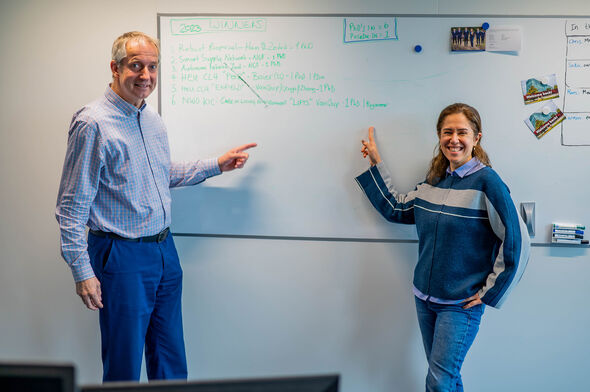
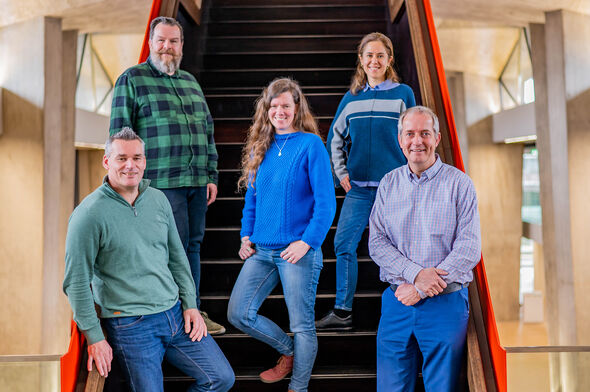
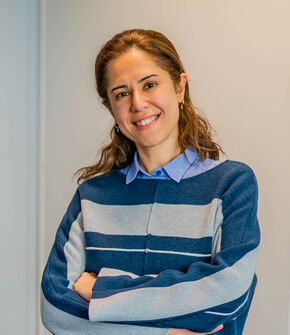
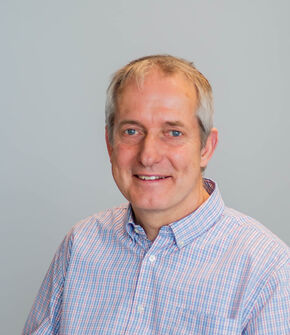
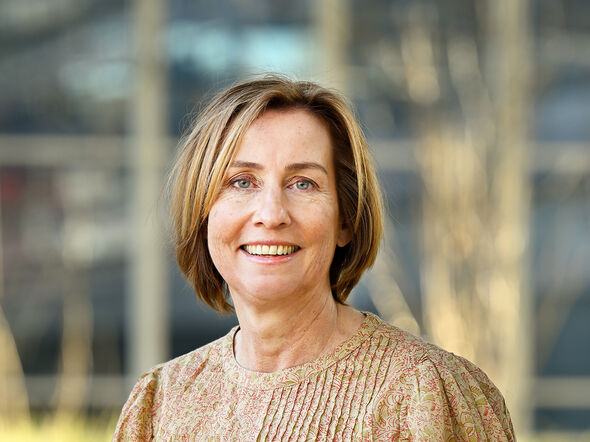
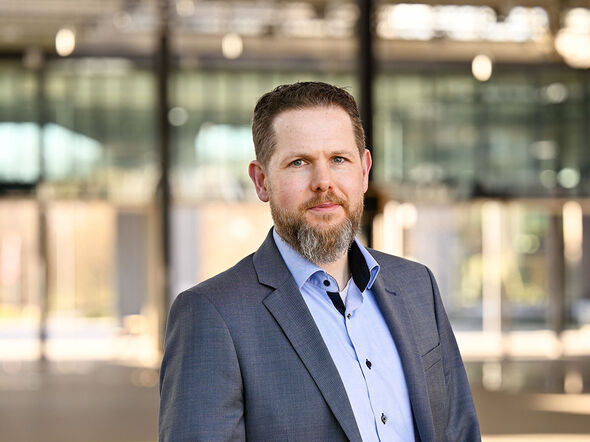
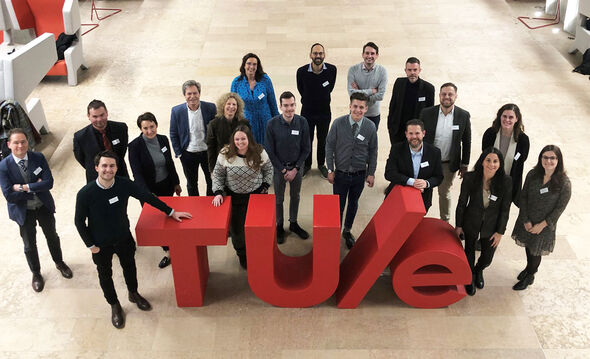
Discussion